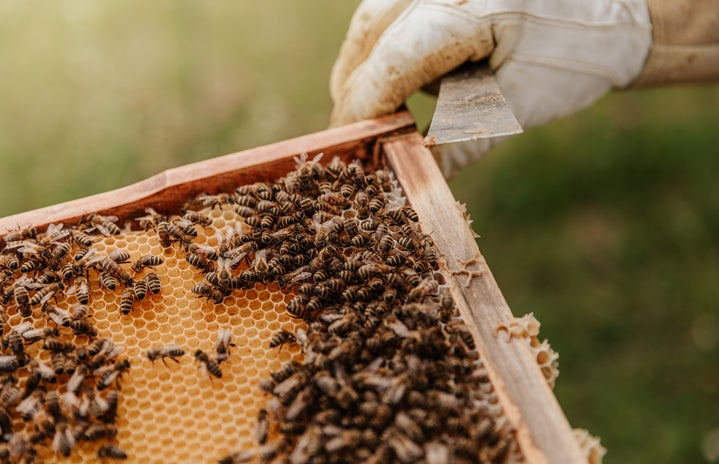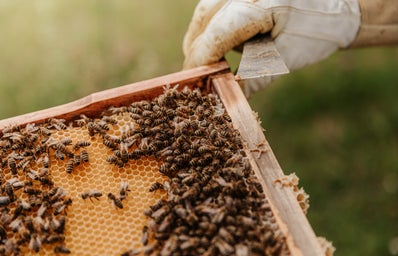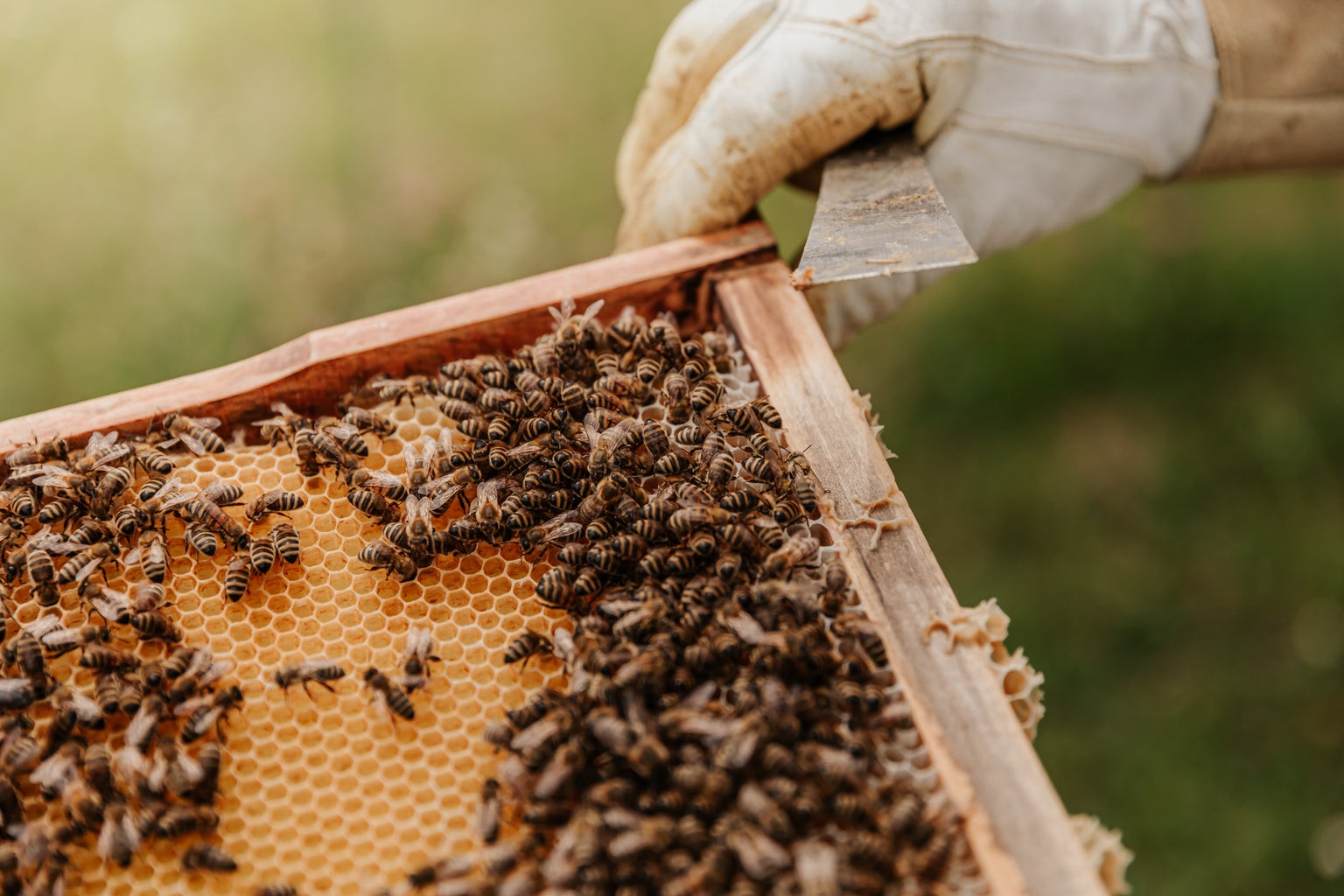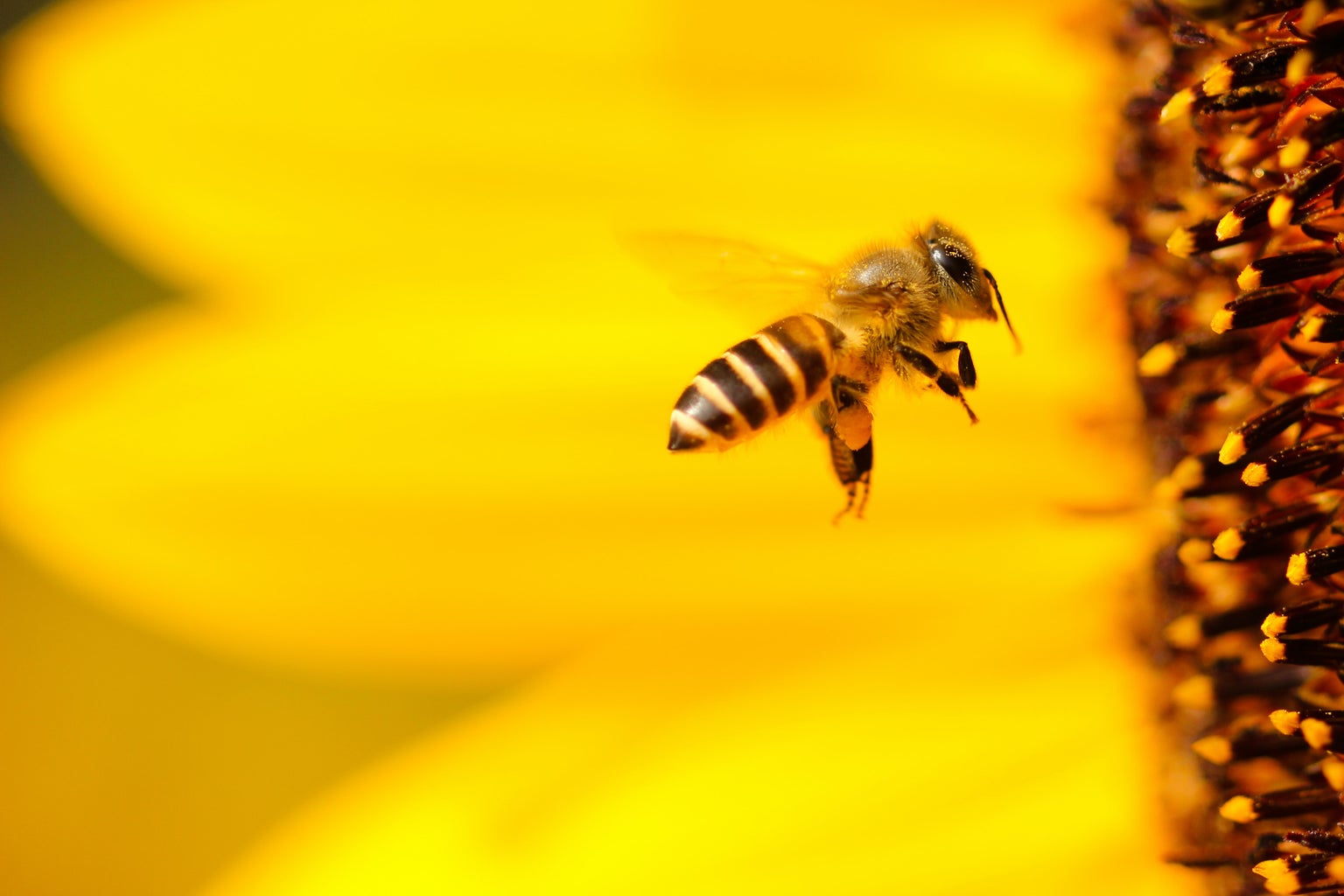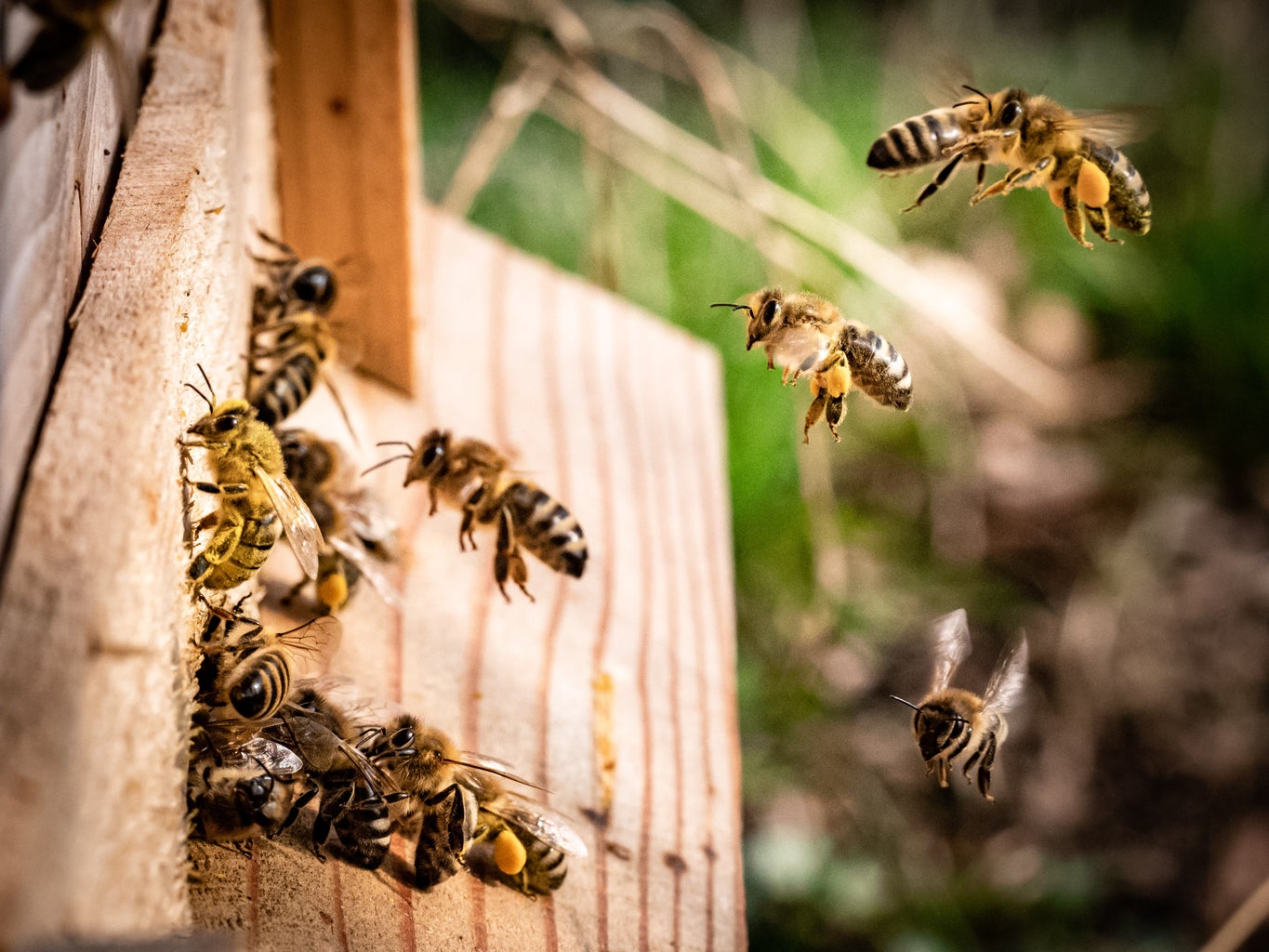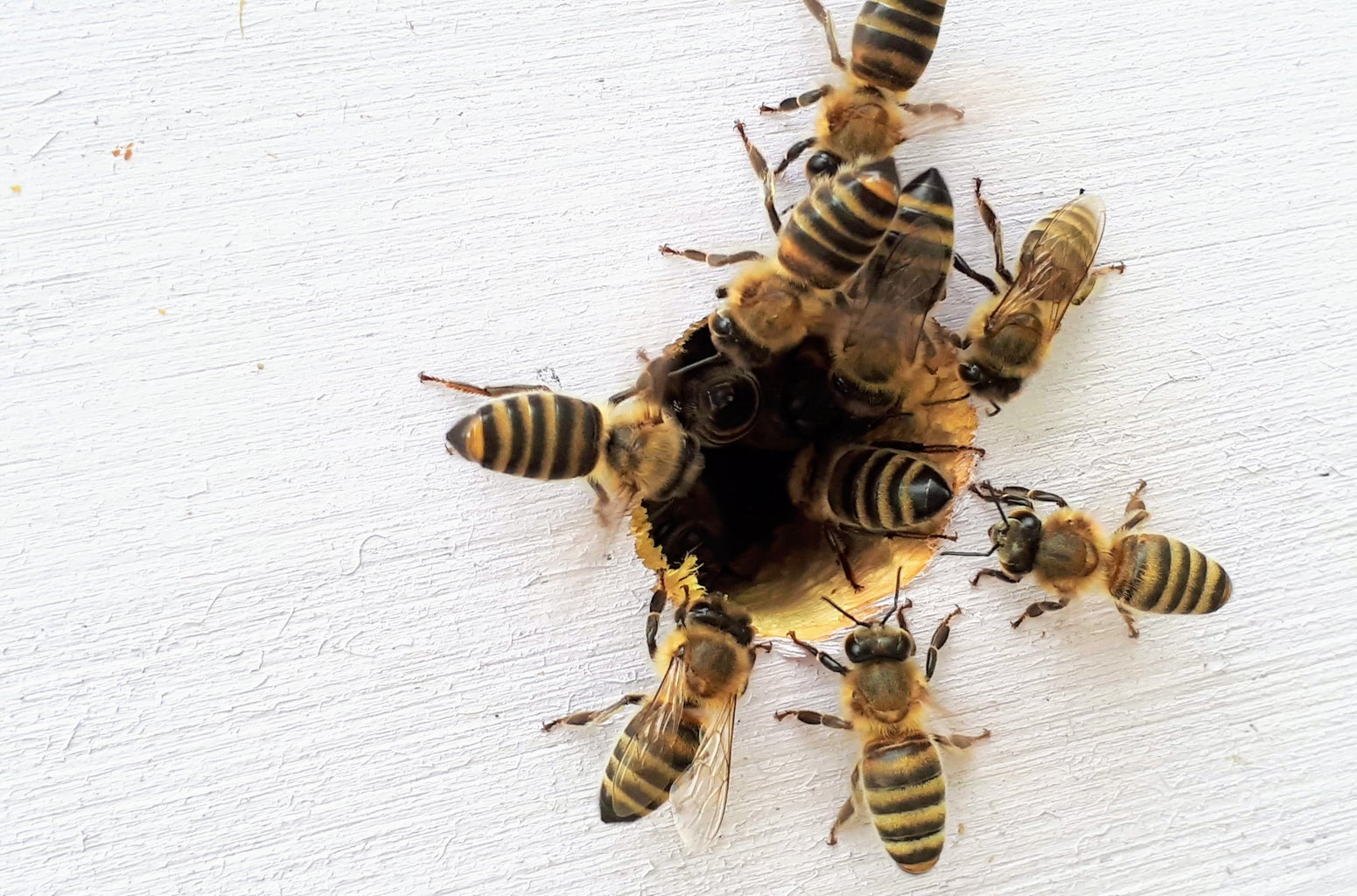In British Columbia the Giant Hornet is found in the Fraser valley and has an impact on the Western honey bees located in Canada. Initially there was a nest spotted in Vancouver and these hornets are seen throughout British Columbia.
They were also spotted in Langley which is East of Vancouver and and they are currently being tested in a lab. It is very surprising because these hornets have been spread wider than expected since they are from coastal regions.
The reason why these insects are called murder hornets are because they are predators that pose a risk to local ecosystems and when they feel attacked to protect themself they attack and sting and their sting can either cause people ill or leave them hospitalized.
There is not any research to explain how they appeared in British Columbia since they usually have nests underground.
Asian Hornets threaten honey bees because they detect and exploit chemicals to their prey and hornets can catch their prey from their scents. Hornets have different strategies such as they can slaughter the entire bee colonies and use a strategy that is bee hawking so they can invade the prey.
Hornets pose a threat because they can carry out destructive raids so they can reduce predatory pressure. A recent study shows that different species of hornets find out about honeybees from different protein sources such as pollen, honey, and odour.
It is hard to catch hornets until they reach the new environment but when caught they can be tested for fat storage and body mass. Hornets are a major predator of honey bees and can threaten the ecosystem which includes crops and wild plants.
In various studies, it conducts how velutina in plant pollination affects the behavior of bees and how they deposit pollen. Initially Asian hornets are hunters of these flowers and study showed with and without the presence of velutina the rate of honeybees on these flowers were small and the visitation of these flowers by bumblebee declined because of Asian hornets.
It is hard to catch hornets unless they enter a new environment. Recent primary literature indicates that different species of hornets can find honey bees through different protein sources. This suggests that not all environments are hard to catch and tests the hornets if we know the characteristics of how they trace honey bees scientists can trace and see how they spread from coastal regions.
This new information may alter the outlook for people on this situation because they may think it is impossible to catch these species. For example, through hornet traps these species can be caught and plants can be protected and not harmed even in peoples backyards and lawns.
The take home message is that Giant hornets are threatening species that can invade the environment and be a threat to local honey bees although scientists do not know on how they arrived doing lab assessments to protect the local honeybees is one way to save the environment in which they entered and pose a threat to bees.
Since the pollen on the native plant was reduced and the velutina was also decreased this causes many local bees not to initiate the pollen procedure. Through Murder hornets this is destroying the local habitat and restoring anti chemicals to the bees.
Asian Giant hornets are called murder hornets because of how rapidly they can kill bees and their colonies as well as affect native crops and the honey industry. These species affect the environment and how they change behaviours of honeybees through pollination.
It is vital to understand the way in which giant hornets and local honey bees repel in order to further understand how invasive species affect an environment and change behaviours. These species can alter plants and vegetation that can affect where we obtain our resources from.
It is important to look after your surroundings and make sure that we are not threats or a prey to any invasive species. The best thing we can do is report the danger we see in our society and make sure others are warned from species that can cause threat.
Scientists should look into depth on how these invasive species migrate from one area to another and most importantly as individuals how we can protect ourselves. An important question to think about is: If more hornets are found could they threaten honeybees and other pollinators? Can this spread to other species in the area and how would this affect other invasive species who are equally harmful to the environment?
